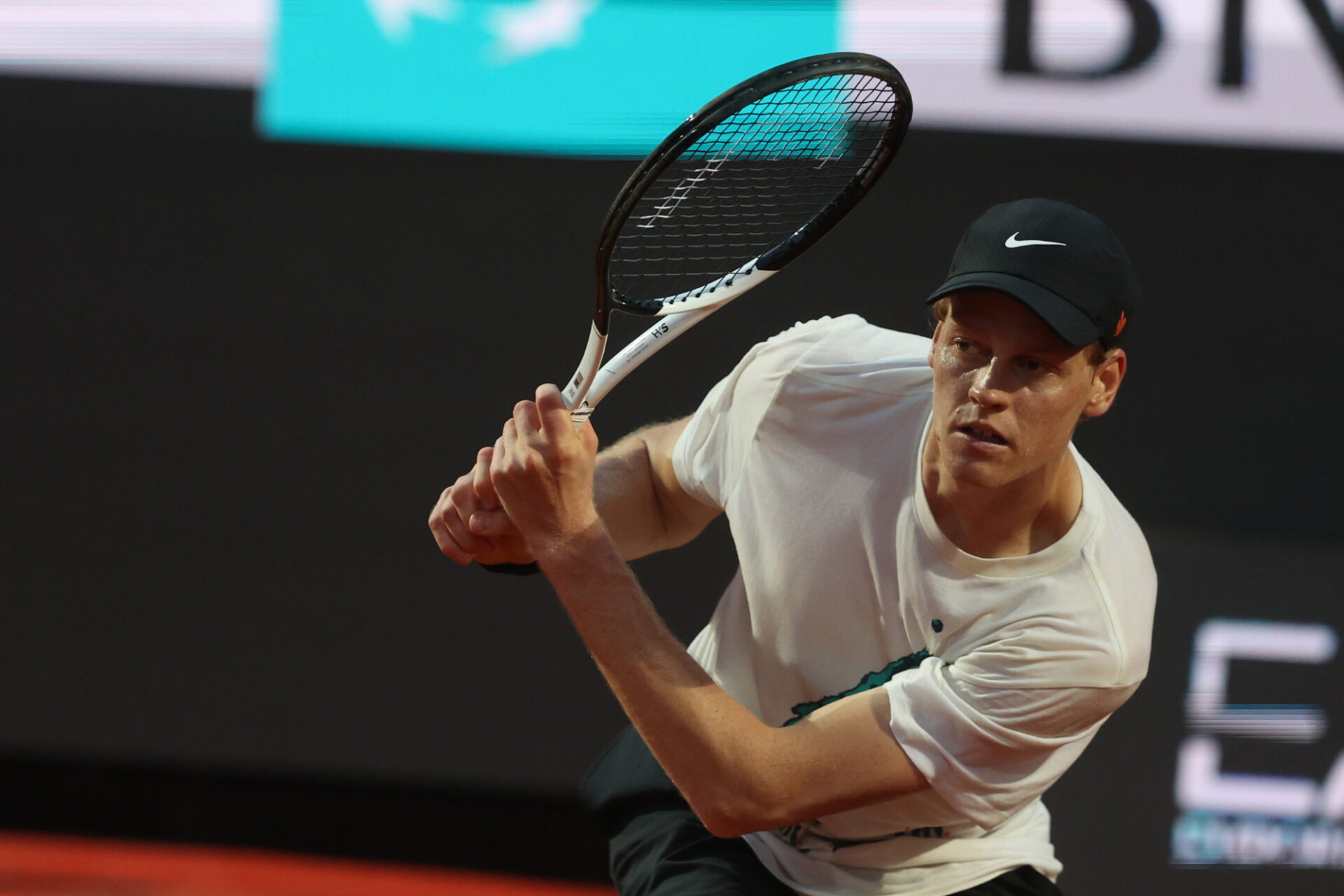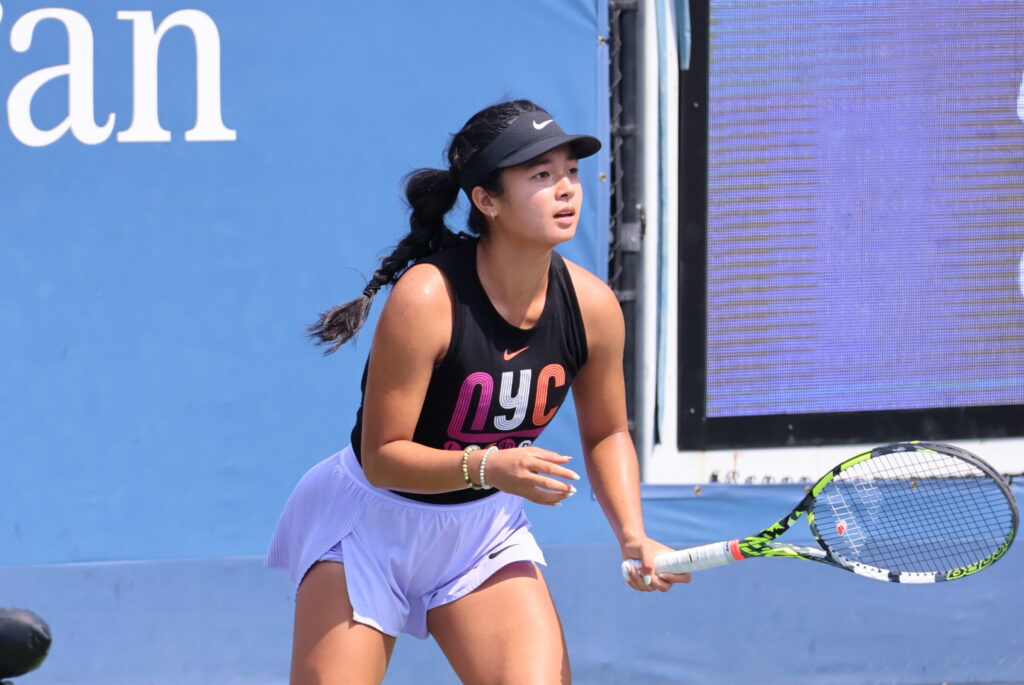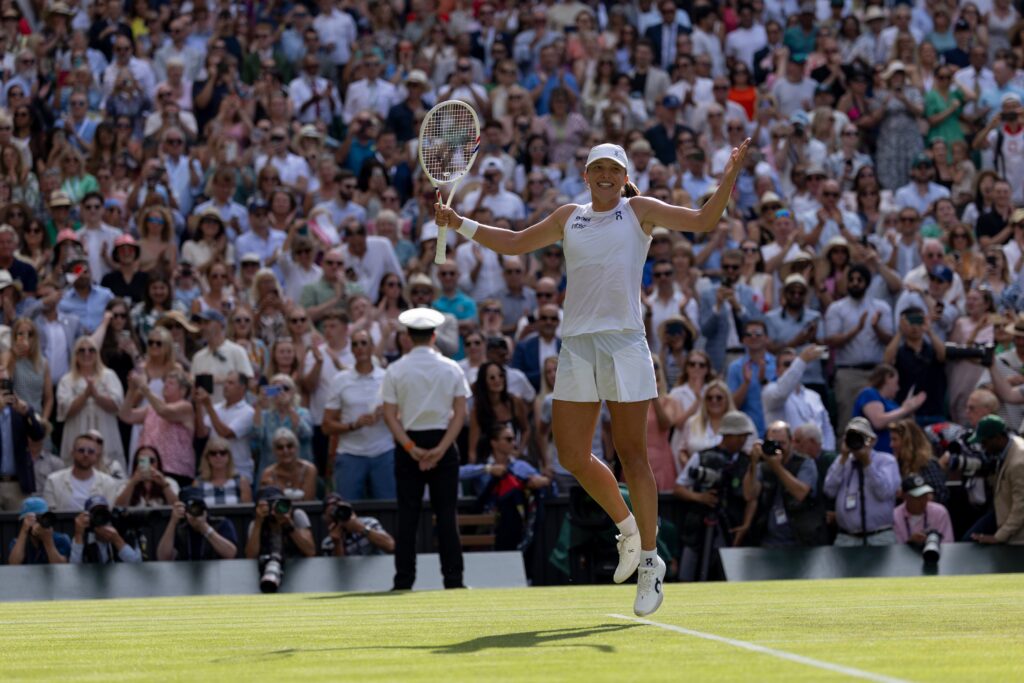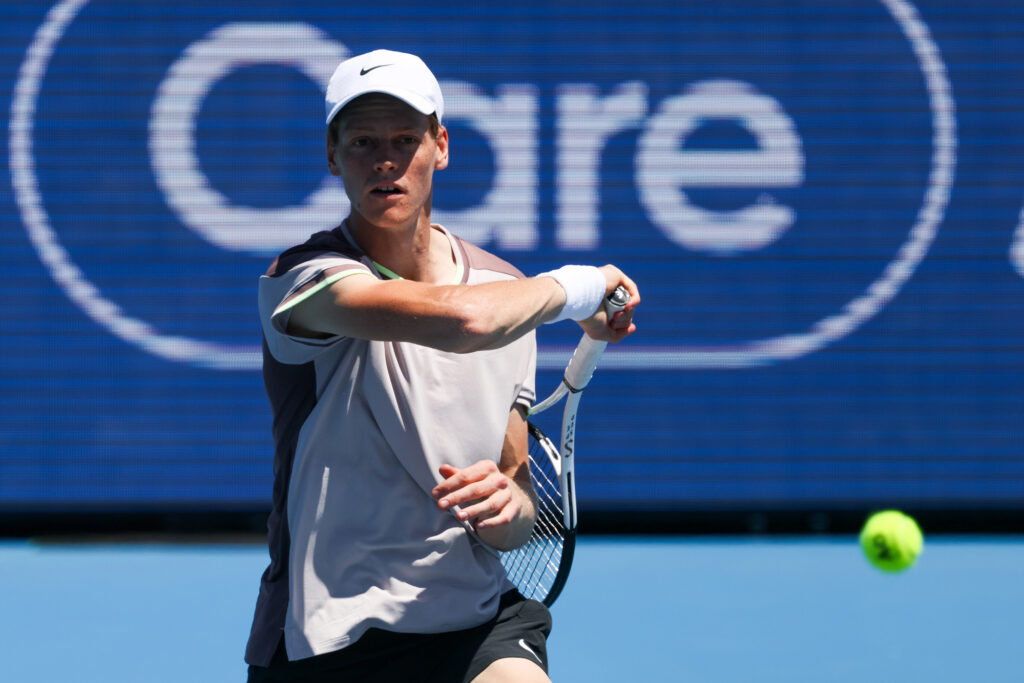How Jannik Sinner improved his first serve – insight from a tennis analyst

Jannik Sinner. Depositphotos
After his victory at the Paris Masters, where the Italian tennis player defeated Felix Auger-Aliassime in the final (6–4, 7–6), tennis analyst Gill Gross discussed several key developments in his game on his Monday Match Analysis podcast.
Gross noted that Sinner’s week in Paris highlighted the growing gap between him and the rest of the field.
Despite arriving from a title run in Vienna and looking a bit weary early in the tournament, Sinner played almost flawlessly afterward — not dropping a single set and becoming the first player since Carlos Alcaraz at Indian Wells 2023 to win a Masters 1000 title without losing a set.
The draw, the analyst emphasized, was anything but easy: Sinner defeated three top-10 players, and his serve was broken only once throughout the week. Neither Alexander Zverev nor Felix Auger-Aliassime reached a single break point against him.
One major reason behind that dominance, according to Gross, was a clear statistical leap in Sinner’s first-serve performance.
— After the US Open final against Alcaraz, that was a disappointment. Since then, it’s been a statistically significant and rather drastic improvement. From the start of the year through the US Open, his first-serve percentage was 59.9 — below the tour average of 63. Since the US Open, over a sample of 17 matches, he’s at 67%. Average speed is the same, accuracy is the same — he’s just serving more accurately, — the expert said.
Gross added that the improvement came less from mechanical change than from maturity and focus. The serve motion itself, he said, has hardly changed, but Sinner has become more deliberate in his intent to raise his first-serve percentage without sacrificing pace or aggression.
At the top level, Gross argued, that kind of shift in focus alone can produce measurable results.




